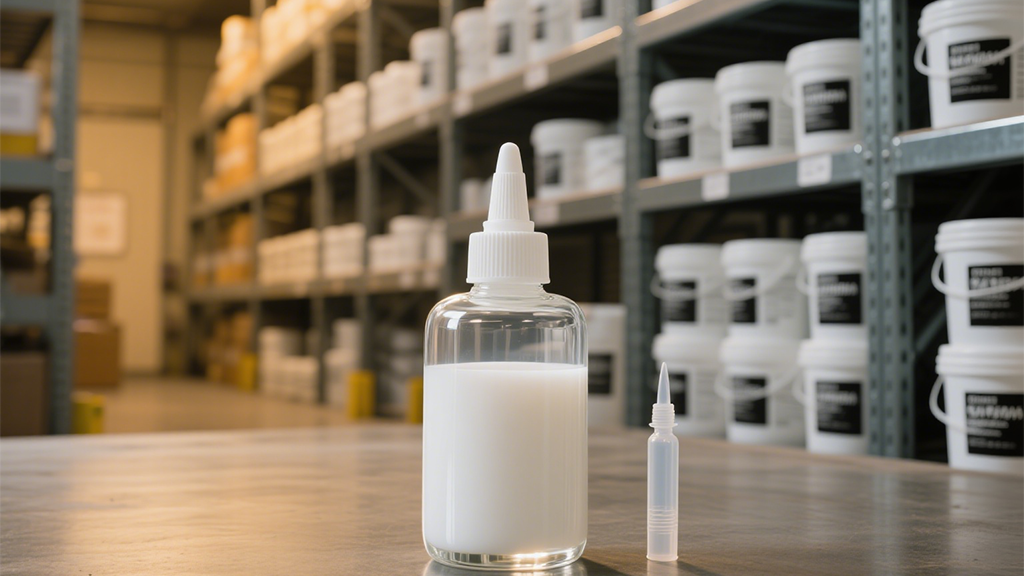Waterbased acrylic pressure sensitive adhesive testing involves a series of standardized and application-specific tests to evaluate key properties such as tack, peel strength, shear resistance, and durability, ensuring the adhesive meets performance requirements for its intended use (packaging, medical tapes, labels). Tack, the initial stickiness, is measured using methods like the probe tack test (ASTM D2979), where a metal probe is brought into contact with the adhesive and the force required to separate it is recorded, with results indicating how well the adhesive bonds on initial contact. Peel strength, the force needed to remove the adhesive from a substrate at a specific angle (90° or 180°, per ASTM D3359), assesses bonding strength to materials like steel, paper, or plastic, with values tailored to application needs (low for removable labels, high for permanent bonding). Shear resistance (ASTM D3654) measures the adhesive’s ability to withstand static load over time, evaluating cohesion—critical for applications like automotive components or packaging that must maintain bonding under stress. Durability tests include accelerated aging (exposure to heat, humidity, UV light) to simulate long-term performance, with post-aging measurements of tack, peel, and shear to ensure stability. Chemical resistance testing involves exposing the adhesive to substances like water, oils, solvents, or cleaning agents, then evaluating changes in adhesion to ensure performance in harsh environments. For medical applications, biocompatibility tests (ISO 10993) assess skin irritation and cytotoxicity, while for electronics, outgassing tests (ASTM E595) measure volatile emissions to prevent contamination. Physical properties like viscosity (Brookfield viscometer), solids content (gravimetric analysis), and pH are tested to ensure consistency during manufacturing and application. These tests provide quantitative data to validate formulation performance, support quality control, and ensure compliance with industry standards, making them essential in developing and producing reliable waterbased acrylic pressure sensitive adhesives.
